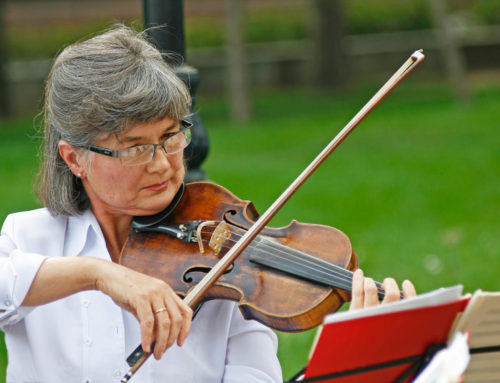Share This Story!
Aging In Place Without The Loneliness
Many seniors prefer the idea of aging in place because the concept is associated with being in the comfortable surroundings of home. But a potential adverse side effect of aging in place is fighting senior isolation. This occurs when visits from friends or relatives are far and few between. For older children of an aging parent, the thought of mom or dad being home alone isn’t just sad but can induce fear with images of a parent languishing injured for hours or days before being discovered. But seniors and loved ones can create a plan to combat senior isolation and ensure that the elderly maintain frequent contact with the outside world.
1. Address any health-related concerns
Reduced mobility, poor reflexes, and even issues like incontinence can make some seniors reluctant to leave the house. The downside of unaddressed health issues is that seniors may become unintentionally homebound because of fears of falling, not being able to hear the outside world, or having a bathroom accident. Adult children should schedule appointments for hearing or vision tests, as well as ensure routine deliveries for supplies such as adult diapers or incontinence medications. The above options will give seniors more confidence that leaving home won’t lead to problems.
2. Introducing a furry friend
For many senior parents, the empty nest syndrome can persist well beyond when grown children initially move out for college or start a new life after graduation. Especially for seniors who live alone, bringing home a pet like a cat or a dog can help to build a sense of purpose and provide companionship for times when children, grandchildren, or even other elderly friends can’t stop by for a visit. According to research, owning and caring for a pet also helps seniors to combat feelings of isolation, depression, and even serves as an ice breaker for making new friends in public settings.
3. Consider a roommate
While the above recommendation might not be the solution for every senior, more and more people are opting for senior roommates. Having an individual to come home to can be a default way to combat loneliness since there will always be people to talk to, or even go with for fun excursions. Many seniors may prefer opting for a roommate because the scenario allows for aging in place and reduced household expenses. Plus, the risk of isolation due to passing loved ones or busy adult children who must balance family, work, and personal commitments is reduced. If the thought of senior roommates is unappealing, but companionship is appealing, seniors may want to think about moving into the home of an adult child.
Creating a customized social life
Not every senior need a day that’s jam-packed with activities and visits, or even a furry friend for company. But adult children or other relatives should work with a parent to consider options such as introducing technology for frequent video chats with relatives or scheduling transportation for regular trips to a senior center to build new connections. Most importantly, keep seniors involved with any plans that will impact daily life. Doing so will ensure a sense of autonomy and build a comfortable outcome for aging in place.





